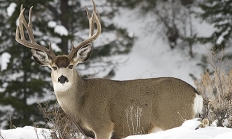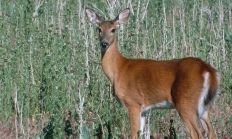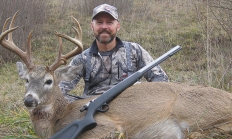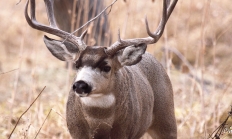ODFW to host online meetings about 2026 Big Game Regulations proposals: New Eastern Oregon deer hunting structure discussed
SALEM, Ore.—ODFW will host a series of online public meetings in July with district wildlife biologists presenting proposed changes to next year's big game regulations and getting feedback. Each meeting will include a presentation on 2026 proposed regulations, a Q&A and opportunity for public…













